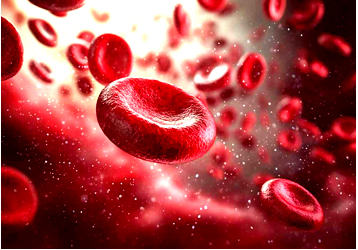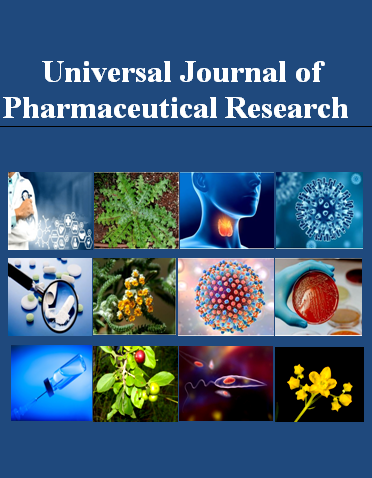DIGITAL TWINS FOR SICKLE CELL PATIENTS: INTEGRATING BIOINFORMATICS, ARTIFICIAL INTELLIGENCE, AND CLINICAL DATA
Keywords:
Artificial intelligence, digital twins, sickle cell disease, bioinformatics, precision medicineAbstract
Sickle cell disease is a genetically inherited blood disorder characterized by considerable clinical variability and frequent complications, including vaso-occlusive crises, strokes, and organ damage. Conventional care methods frequently struggle to forecast personal disease pathways or customize timely interventions. In this scenario, digital twin technology a real-time, data-centric virtual representation of a patient presents a unique chance to revolutionize disease management by combining genomics, clinical information, and computational intelligence. This review examines the convergence of bioinformatics and artificial intelligence in creating digital twins that can accurately model SCD pathophysiology. Bioinformatics tools derive insights from multiomics data, uncovering genetic factors and molecular pathways that affect disease severity. AI and machine learning algorithms subsequently evaluate intricate clinical and biometric data, facilitating immediate risk assessment, treatment modeling, and dynamic care planning. When connected to wearable devices and electronic health records, these technologies improve the responsiveness and personalization of care delivery.

Peer Review History:
Received 5 June 2025; Reviewed 11 July 2025; Accepted 20 August; Available online 15 September 2025
Academic Editor: Dr. Jennifer Audu-Peter , University of Jos, Nigeria, drambia44@gmail.com
, University of Jos, Nigeria, drambia44@gmail.com
Reviewers:
 Dr. Dalia Kamal Zaffar Ali, Modern University for technology and information, Egypt, dr.moda88@gmail.com
Dr. Dalia Kamal Zaffar Ali, Modern University for technology and information, Egypt, dr.moda88@gmail.com
 Dr. DANIYAN Oluwatoyin Michael, Obafemi Awolowo University, ILE-IFE, Nigeria, toyinpharm@gmail.com
Dr. DANIYAN Oluwatoyin Michael, Obafemi Awolowo University, ILE-IFE, Nigeria, toyinpharm@gmail.com
Downloads

Published
How to Cite
Issue
Section
Copyright (c) 2025 Universal Journal of Pharmaceutical Research

This work is licensed under a Creative Commons Attribution-NonCommercial 4.0 International License.









 .
.